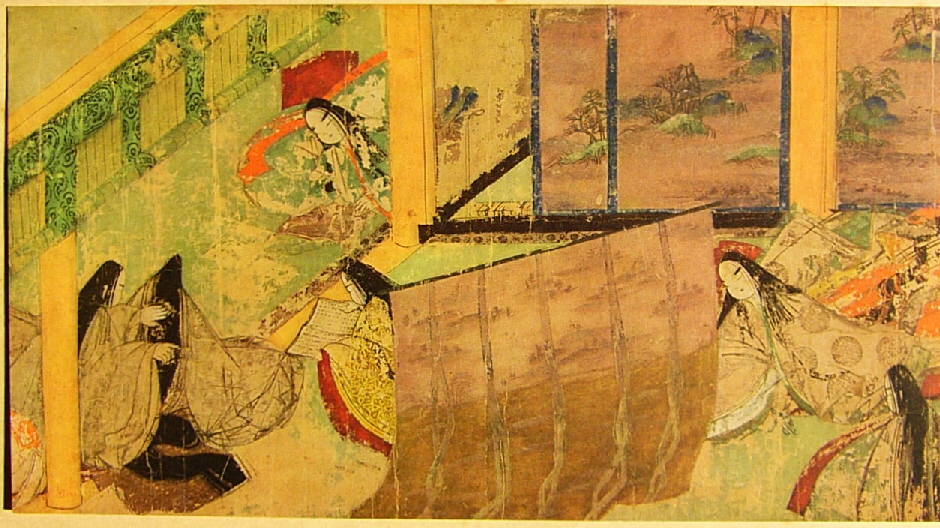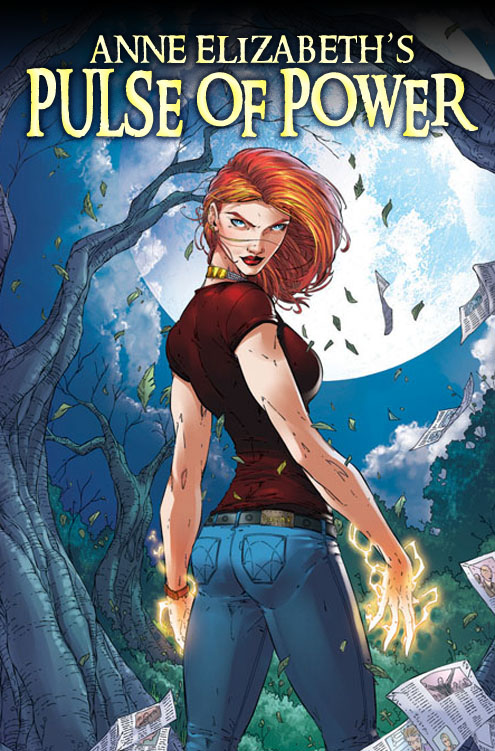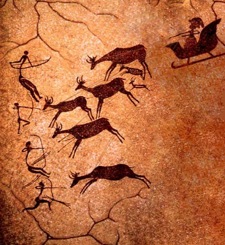Back in the day, cave-folk drew messages on the walls of their abodes, leaving a living history and communication behind. As readers, we can appreciate the art and majesty of this important work, and we support our favorite artists and authors by supporting their creations and disseminating them further—to family, friends, colleagues, and beyond—with the use of Facebook, Twitter, etc.
Mankind’s fascination with and dedication to art and the sharing of messages has led us through the craft of storytelling in a rather remarkable fashion. Pictorial content has long been a part of our history as human beings, from the graphic depiction in caveman times to the remarkable tapestries and manuscripts from the Middle Ages.
There is evidence of artists drawing images to accompany stories for children as early as the mid-1600s, though I can imagine a father drawing a boat for his child and writing a story about it even before that time. Such imaginings makes me think of the Vikings. Or maybe the Japanese, who developed a brilliant storytelling art called e-maki in the 10th century, horizontal narrative scrolls (single page or bookform) that are mind-blowing in their beauty.

The English had Chaucer, Blake, and many more. Belgium has Hergé’s Tintin, which was credited with being a graphic novel back in the 1930s. The complete title in English is The Adventures of Tintin in the Land of the Soviets. So you can see my skeptism when it comes to pointing to one or even three books and saying, “these are the first graphic novels ever.”
However, if you look at our timeline in the U.S. in terms of a wider acceptance, those titles did mark the beginning of a significant rise in the growth of the field of graphic novels.
Let’s start with the specific reference for the words “graphic novel.” The terminology or application of “graphic novel” or “graphic story” can be traced to three specific sources: George Metzger’s Beyond Time and Again, which was published by Kyle & Wheary and labeled a graphic novel by publisher Richard Kyle in the early 1960s; Bill Spicer, with his Graphic Story Magazine, published in 1967; and Richard Corben, with his adaptation of Robert Howard’s story Bloodstar in the mid-1970s. Though Oxford Press, Wikipedia, Chicago Review, and countless others may cite these three books as the origin of graphic novels, in my opinion the graphic novel has been around a lot longer. Throughout history, storytelling has been reinvented in as many ways as it’s been culturally or socially useable, so let’s take a look at a few highlights of what can be defined as a graphic novel.
First, so we are clear, graphic novels are popularly defined as 1) a compilation of several comics bound into one book; 2) a pictorial anthology or several stories by one author or many; 3) a full-length pictorial novel with a story arc that encompasses a beginning or opening, the body of the story, and a completion; 4) a collection of comic strips into one volume; 5) a pictorial story possibly dealing with a more mature theme or beyond the normal structure or themes of a comic book; and/or 6) an adaptation of a written story into graphic form.
By the early 1970’s novel-length or digest-length books exploded in the marketplace, presenting comics in a longer form. Some of my favorite titles continue to be Silver Surfer, Swamp Thing, Modesty Blaise, MAD Magazine, Archie & Veronica, and more.
 In the last two decades, manga’s popularity has flourished in the US, leading to shelves upon shelves full of digest-length manga in specialty comics shops as well as mainstream bookstores. I’ve interviewed many authors over the years and read hundreds of manga and thousands of comics and graphic novels. Which do you like better: comics or manga? What is the lure that lifts one medium over another? That creates a preference in readers, writers, and artists and has us ordering titles from our favorite store?
In the last two decades, manga’s popularity has flourished in the US, leading to shelves upon shelves full of digest-length manga in specialty comics shops as well as mainstream bookstores. I’ve interviewed many authors over the years and read hundreds of manga and thousands of comics and graphic novels. Which do you like better: comics or manga? What is the lure that lifts one medium over another? That creates a preference in readers, writers, and artists and has us ordering titles from our favorite store?
I was weaned on Archie and Superman, the panels, the colors, and the method for communicating and a comic story feels different to me than reading a manga. It’s not just the back-to-front concept or the left-to-right, the stories focus on different techniques for communication. So, why do you reach for one over the other? Does our history have something to with it? The way we grew up? Or is the medium a means to end and more conducive to expressing who we are and what we want to say?
Anne Elizabeth writes a monthly column for RT Book Reviews on comics, manga, and graphic novels. She is the creator/writer of Pulse of Power, an original graphic novel coming out on August 10th.










